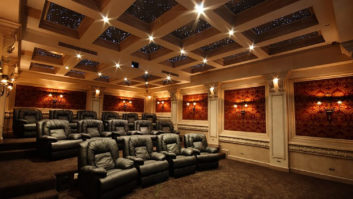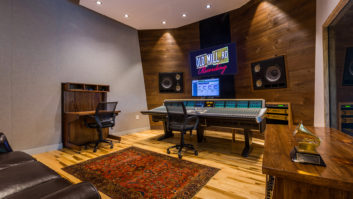“It is represented to us that the universal suffrage, as now existing throughout the Union, is abused; that fraud and corruption prevent a fair and proper expression of the public voice…in consequence of which, We do hereby abolish Congress, and it is therefore abolished.”
Though it reads like a Facebook or Tumblr post, the above quote was part of a decree published in 1859 by Norton I: After declaring himself Emperor of the United States (eventually adding Protector of Mexico to his title), former South African immigrant Joshua Norton spent the next two decades doing what he thought was necessary “to remedy the evil complained of” in the lawless days following the California Gold Rush. The Emperor would go on to make numerous other proclamations, including one that a bridge should be built between Oakland and San Francisco, well before it was thought to be feasible. (Check out Herbert Ashbury’s The Barbary Coast: An Informal History of the San Francisco Underworld [2002; Basic Books] to get a taste of the colorful times and characters that helped shape the Bay Area since the Gold Rush.)
Norton serves as a prime example of the out-of-the-box thinker who, since the mid-19th century, has been attracted to the Bay Area. Historically, the region has served as a rich environment for people looking to reinvent themselves. Even in the present day, the City By The Bay attracts people who are interested in artistic expression that is highly personal; it’s a place you go when you want to work against the grain. Francis Ford Coppola and George Lucas—American Zoetrope and Skywalker Ranch—come immediately to mind.
Since the early part of the 20th century, it has been a place of hybridization in the arts, where divergent practices mingle and influence each other. You hear it in the way Asian and Pacific Rim cultures, among other non-Eurocentric musical styles, influenced the mid- to late-century composers and performers who spent a considerable amount of time here—Henry Cowell, Harry Partch, John Cage, Lou Harrison, Terry Riley.
Away from the intense scrutiny of the industry in L.A. and without the media pressure of New York, the Bay Area’s music scene provides room to experiment in ways that are impossible in an environment were failure is not an option. So while it can claim to be the home of world-renowned acts ranging from the Grateful Dead and Journey to Metallica and Green Day, the open-mindedness of the region supports cross-pollination between artistic disciplines. Boundaries that might normally divide artistic and musical endeavors get stretched, and in some cases vanish completely—and not because it looks good in a grant application or is au courant. Where else could an artist such as the late Ornette Coleman perform at a world-renowned jazz festival while highlighting the extreme body piercing practice of performance artist Fakir Musafar?
Of course, with UC Berkeley and Stanford University in the vicinity, technology has played a major role in the sound arts for decades. But the results have spread wider than the ivory tower of academia, just as John Chowning’s innovative FM synthesis techniques didn’t stop at the borders of the Stanford campus.
Take, for example, a group of young composers in the early ‘60s who pooled their resources to create the San Francisco Tape Music Center. Looking to expand the studio’s capabilities, they recruited the services of a young man named Donald Buchla to design a voltage controllable instrument. Although the results would eventually be called a “synthesizer” like other electronic instruments of the day, the designer himself refers to them as a composer’s tool kit: Rather than simply imitating the sounds of acoustic instruments, his systems allowed artists to realize their ideas; the instruments serve as an interface between the composer’s imagination and the world, much in the same way that Max/MSP, PD, and other programming environments do today. But rather than remaining on the fringe, Buchla’s pioneering yet unconventional work infiltrated popular culture in numerous ways—such as the so-called “Buchla Box” that was part of the sound system in the bus Further driven by Ken Kesey and the Merry Pranksters.
It was the tradition of collaboration, as well as its culture of naturally occurring experimental inquiry, that led to my decision to relocate to the region from London in 1986. You see it even today, onstage and in the studios, reaching through the City and Silicon Valley from the North Bay to Santa Cruz in the south, and eastwards through the East Bay to Davis and Sacramento. While traditional approaches and cutting-edge technologies continue to cross paths, often with a Gold Rush payoff in mind, there’s a larger understanding here that art is of equal (if not greater) importance than mere commerce.
And like an echo of the Emperor’s seemingly crackpot idea to connect San Francisco and the East Bay with a bridge, the culture of the Bay Area’s music scene continues to connect creative people across a wide range of disciplines in heretofore inconceivable ways.


